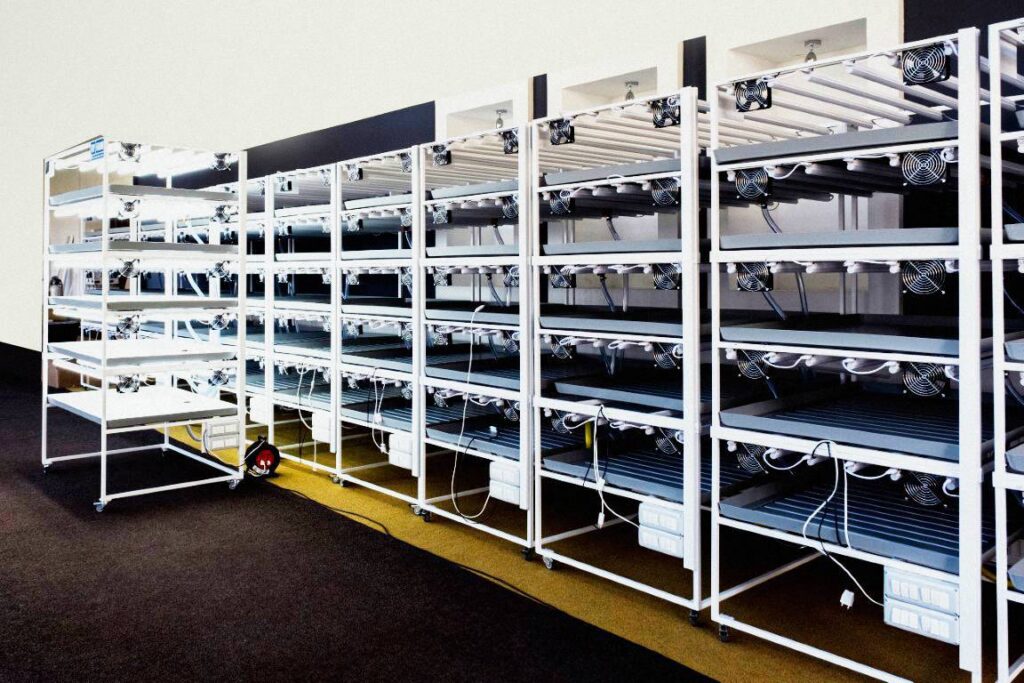In the contemporary world, the waste crisis has become one of the most significant ecological and socio-economic problems. Huge amounts of waste are generated daily, and their inefficient management leads to environmental degradation, pollution of vital resources such as water and soil, and contributes to climate change. Against this problematic backdrop, innovative solutions such as hydroponic agriculture and the cultivation of microgreens could offer not just a sustainable alternative for food production, but also a potential answer to the waste crisis.
The context of the waste crisis
The waste crisis is fueled by excessive consumption and a ‘throwaway and buy’ mentality encountered in many societies. Landfills are expanding, affecting biodiversity and the health of ecosystems. Additionally, organic wastes, which decompose into methane, amplify the effects of climate change.
Hydroponic Agriculture: An efficient and clean solution
Hydroponic agriculture involves growing plants without soil, using nutrient solutions in water. This system has several advantages in the context of the waste crisis:
- Efficient use of resources: Hydroponic agriculture reduces the need for space and uses water and nutrients more efficiently, reducing waste.
- Waste reduction: There are no excess soil or fertilizer waste, and pest control is often done without pesticides, which decreases the amount of chemical waste.
- Water Recycling: Closed systems recycle water, reducing consumption and water pollution.
- Vertical farming: Enables food production in urban areas on vertical surfaces, reducing the need for transport and CO2 emissions.
- Year-round production: Seasonal waste is avoided, and food production stability is offered.
Microgreens: Concentrated nutrition and low impact
Microgreens are very young plants, harvested shortly after germination. They are extremely rich in nutrients and can be hydroponically grown, offering benefits similar to hydroponic agriculture. However, beyond these, microgreens also have other advantages:
- Short production cycle: They can be harvested in a few days or weeks, allowing a rapid response to market demand.
- Crop diversity: A variety of species can be cultivated, including plants that would otherwise not be economical or sustainable on a large scale.
- Utilization of Limited Spaces: They can grow in apartments, balconies, or other small spaces, ideal for urban agriculture.
- Education and awareness: Growing microgreens can educate the public about the importance of sustainability and nutrition.
Conclusions and perspectives
Faced with the waste crisis, hydroponic agriculture and microgreens offer not just a food alternative, but also a cleaner and more environmentally responsible production model. These practices could significantly contribute to the circular economy, where resources are reused and recycled, thus minimizing waste production. To maximize the potential of these solutions, their support through public policies, investment in research and development, as well as education and community involvement is necessary.
By adopting such sustainable food production systems, our society can take significant steps towards solving the waste crisis and building a greener future for the coming generations.


